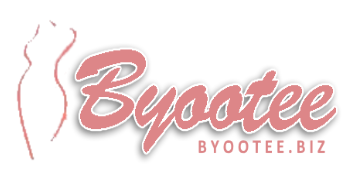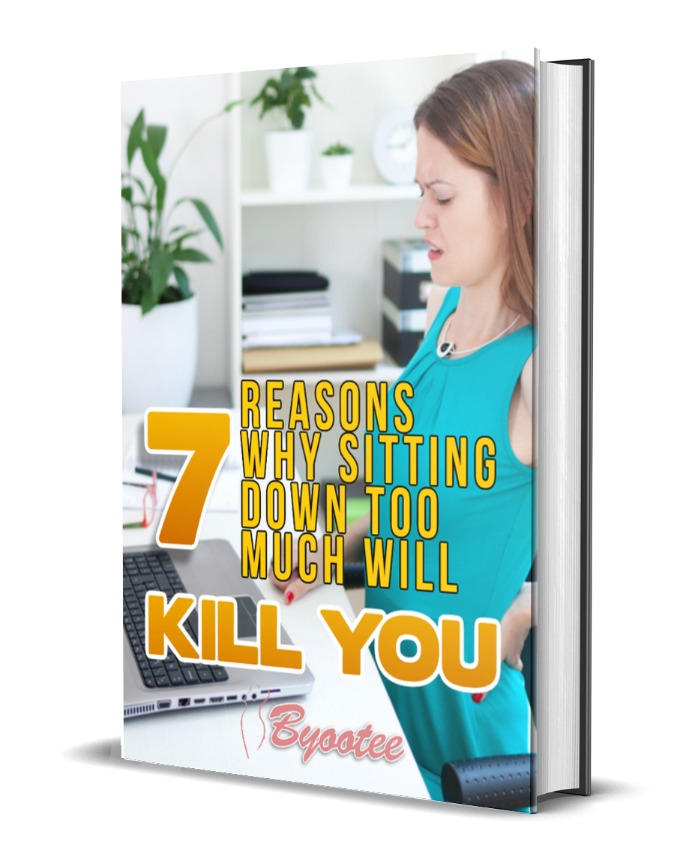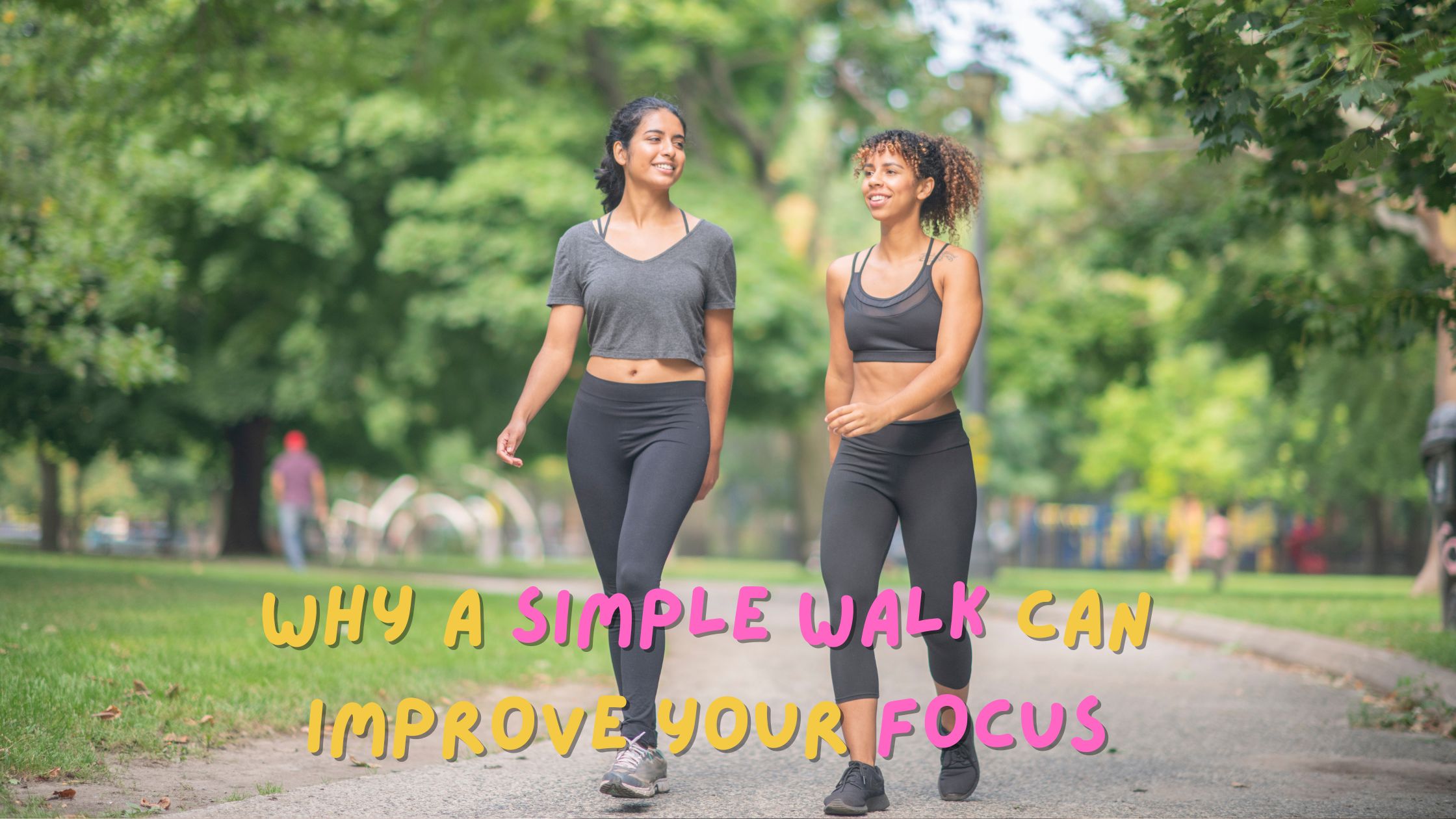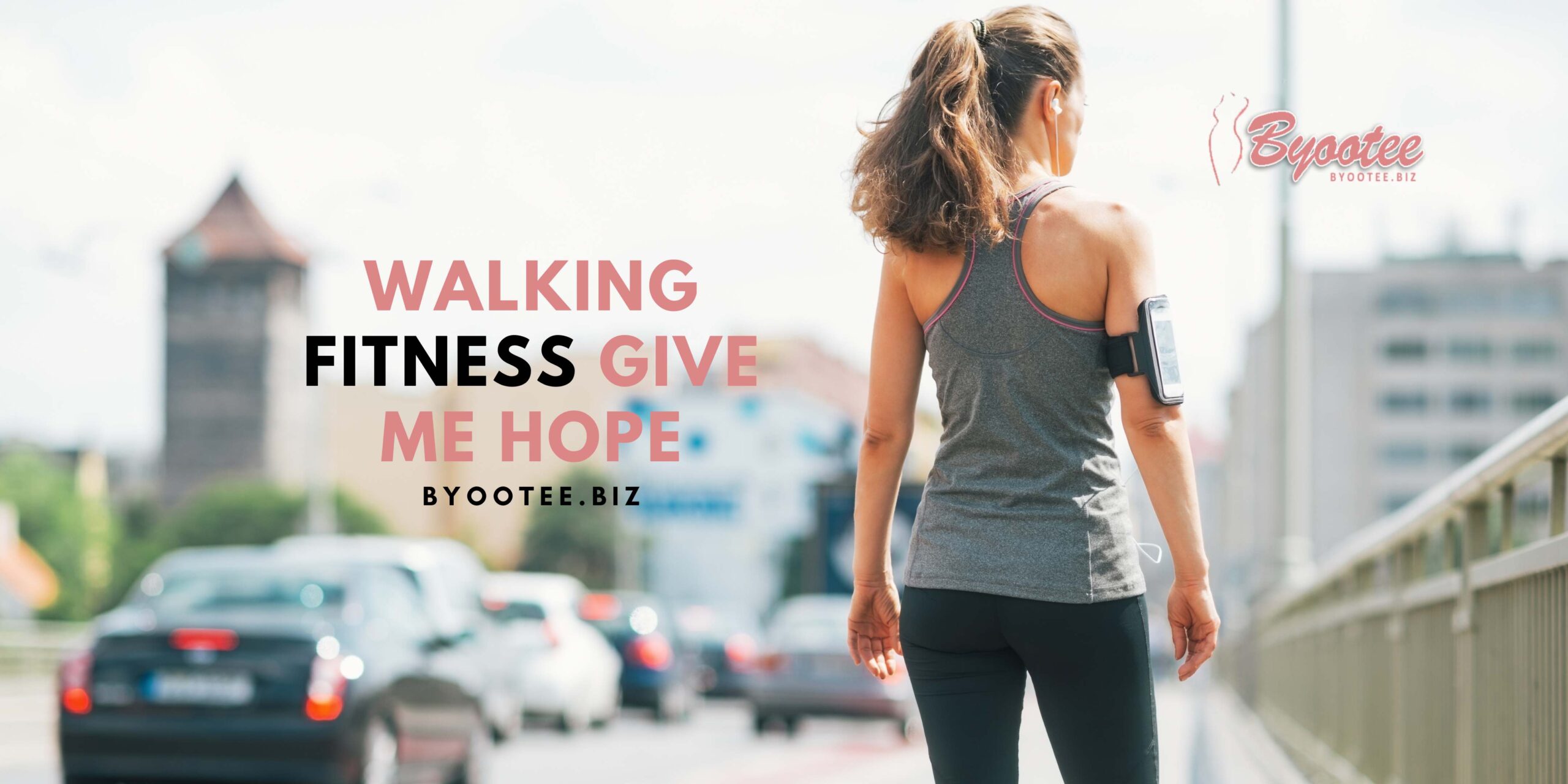Sometimes, the most helpful solution is the most simple one. For many, being told to…

Why Is the Calf Muscle Considered the Second Heart?
The calf muscle is often considered the second heart because it plays a role within the circulatory system that is similar to the heart. One pump of the heart exerts enough power to send blood throughout the body, reaching the lower extremities in just seconds. That oxygen-rich blood flows through arteries and capillaries to reach every cell of the body, providing oxygen and nourishment.
The oxygen-depleted blood then needs to travel back up through veins to reach the heart, where it will pass into the lungs to receive a replenishing supply of oxygen. The problem is that traveling back up to the heart takes more force than a single pump of the heart can provide because the blood is flowing counter to gravity. To get the job done efficiently, the veins need negative energy from the pumping heart plus stimulation from what is now known as the “calf muscle pump.”
Once you learn how the calf muscle assists the heart in circulating blood throughout your body, you’ll understand why keeping your calves strong is just as important as protecting your heart through good nutrition, exercise and other healthy lifestyle choices.
How the Calf Muscle Pump Works
Venous return refers to oxygen-depleted blood returning to the heart from the legs and feet. Since the heart can’t do it alone, veno-muscular pumps in the lower body apply upward pressure on the veins to keep it moving at an efficient pace and in the right direction. These pumps include the ankle pump and the calf muscle pump, and they work together in the following process:
The foot pump initiates venous return. This occurs each time you take a step. When your heel touches down, blood is pooled in the veins. When the front of your foot touches down, that pooled blood is discharged upwards.
The discharged blood enters veins in the soleus muscle. This muscle extends from the ankle to the back of the knee and contains critical veins responsible for passing oxygen-depleted blood through the lower legs to the knee, which serves as a meeting point for veins in the lower leg. Each time this calf muscle contracts, it applies pressure to the veins. That pressure is what fuels venous return.
The blood is transferred into veins running between the knee and the groin. From there, it enters the abdominal cavity and travels through the vena cava to the heart. There is less resistance from gravity on this final leg of the trip.
The network of veins in the lower leg is extensive, so the process of venous return is a bit more complex than described in these steps. This network includes veins of different sizes and of different depths, and they all feed into one another to get the blood back to the heart as quickly as possible.
They work as a team, but none of them can do their job well without a strong calf muscle pump. When the ankle and soleus muscle are strong and in proper working order, they form your peripheral heart and pump the blood consistently upward to prevent varicose and spider veins.
Limitations of the Calf Muscle Pump
Veins in the lower body have one-way valves that stop the blood from moving back toward the feet when the calf muscles aren’t active. This is the body’s natural way of combatting the biggest limitation of the calf muscle pump: inactivity.
When you stop moving your legs, you stop applying that upward pressure to stimulate venous return. Your heart will naturally apply some pressure to those veins, but the rate of blood flow through the lower legs slows down dramatically. If your calves are inactive for long periods of time, your blood is at greater risk of pooling in the veins. This puts you at risk for developing spider veins, varicose veins and blood clots.
If those one-way venous valves become weak or inefficient, you can develop a condition known as venous insufficiency. This occurs when blood flows backwards and pools in the lower legs, which can lead to swelling, pain, cramping and ulcers. This condition is also connected to deep vein thrombosis, which is a blood clot in the deep veins of the lower legs. That clot may travel upwards and become a serious health risk.
You’re at greater risk of developing venous insufficiency if your lifestyle is sedentary or you spend long periods of time standing. If you’re overweight or obese, your risk goes up even higher.
If you spend a lot of time sitting, your first step to healthier calves is simply to use them more. This means going out for walks or simply doing more housework so that you’re in motion throughout the day. By wearing Elysyle Kodenshi Contouring Pants regularly, your blood circulation will improve tremendously, hence resulting in a healthy body.








